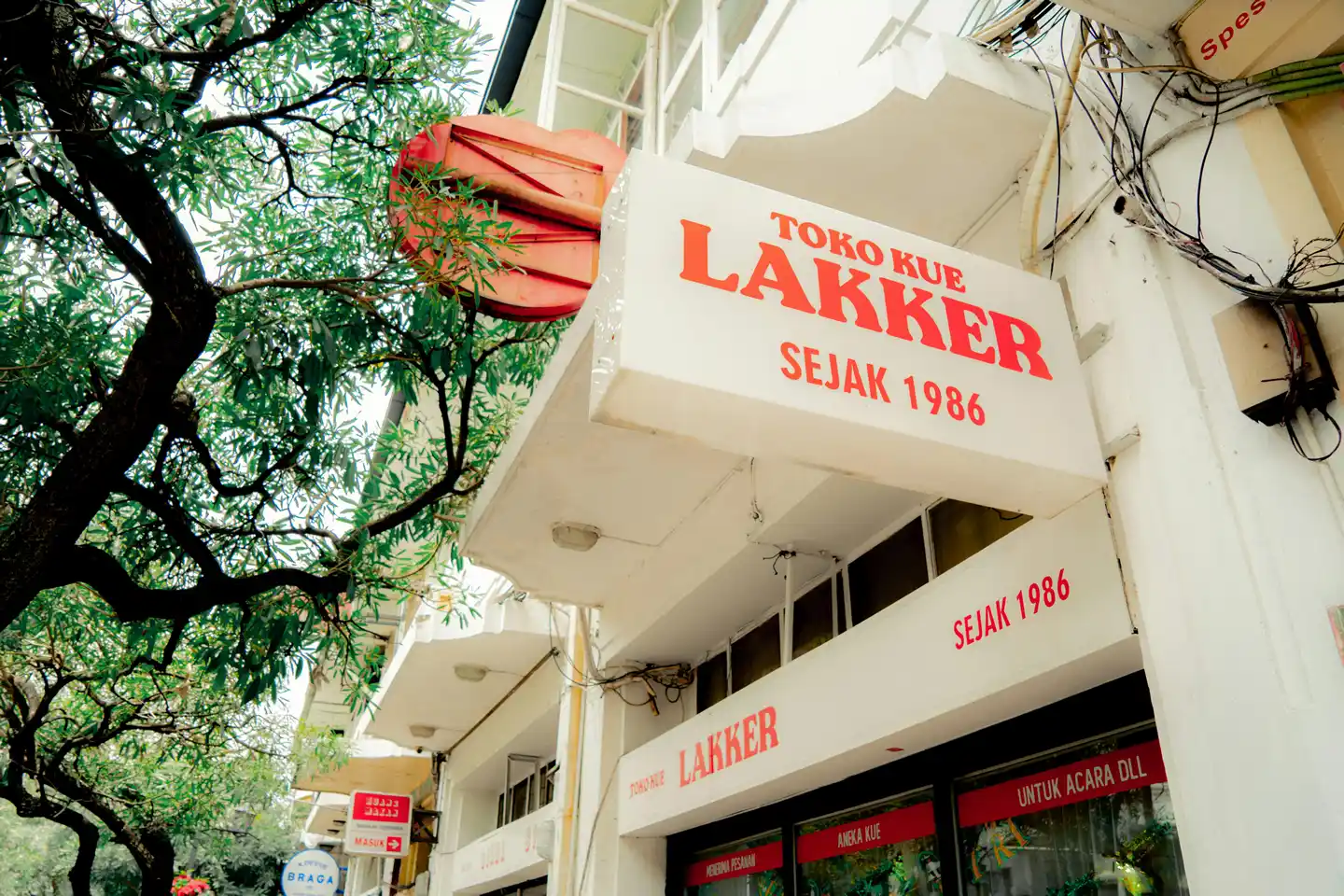Amidst the culinary innovation and creativity of young people, serious challenges surround the Bandung City food system. A report from the Bandung City Food and Agriculture Security Agency shows that 96% of Bandung's food ingredients are still imported from outside the city - which means that most food trends and innovations carry carbon footprints from hundreds of kilometers away. According to the UN Food and Agriculture Organization, food and agricultural activities contribute 60-80% of greenhouse gas production directly and indirectly. In addition, urban population activities are responsible for 70% of food consumption and greenhouse gas emission production.
Urban farming continues to be promoted by the Bandung City government with the program SAE Hurry Up has not met the expectation to meet food needs. Urban farmers are increasingly pressured by agricultural land that is increasingly squeezed and eroded by the pace of urbanization and the difficulty of access to the food supply chain.
The distribution process and food consumption patterns are also challenges. The city of Bandung, which has a large distribution network and infrastructure, still has efficiency constraints that cause a long food supply chain. Food waste and waste are also abundant. Around 60% of city waste comes from households—and almost half of it is organic waste. The high organic waste has a direct impact on the production of greenhouse gases which are the main cause of climate change.
As consumers, food choices also affect the carbon footprint of urban dwellers. A diet high in ultra-processed foods increases the carbon footprint. Prioritizing a diet of fresh and local food products can be our contribution to supporting low-carbon consumption.
As a big city with various innovations, Bandung needs a transformation of its food system towards a sustainable, independent, and climate-resilient system. Investment in urban agriculture, short-chain food distribution, nutrition and consumption education, and smart waste management is not just about our own plates, but also for the future of the earth.



